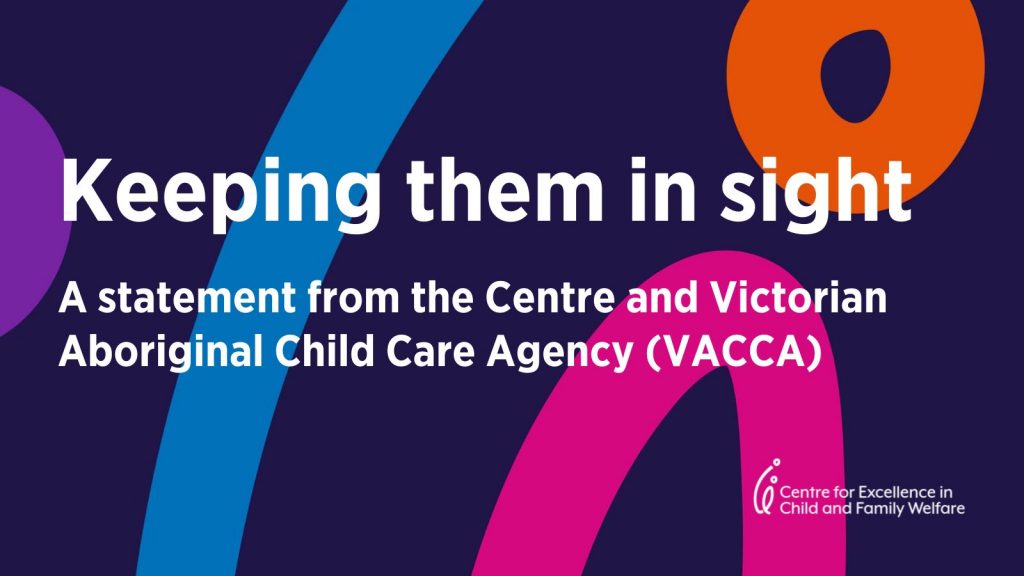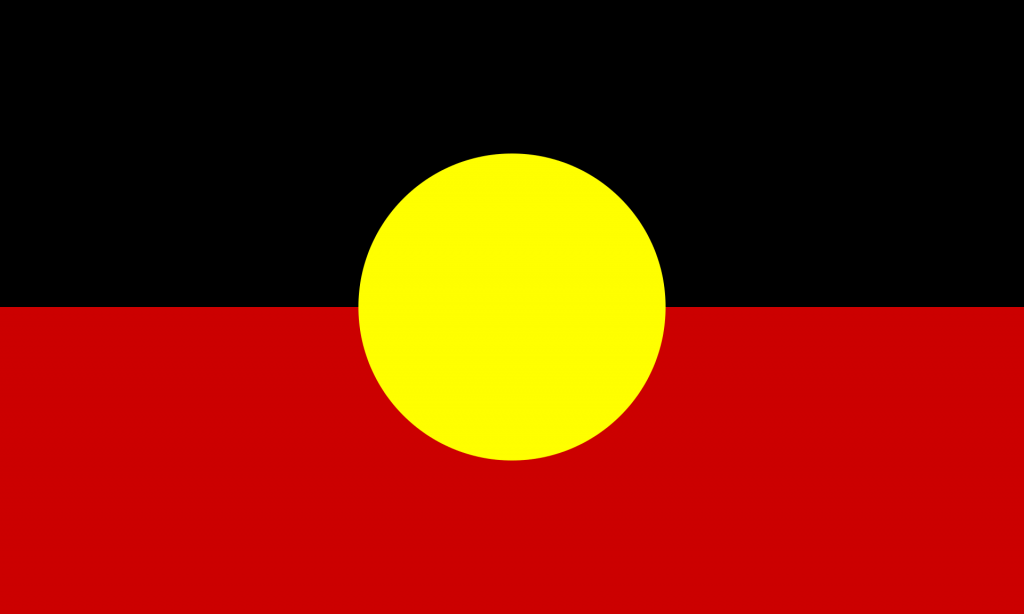A statement from the Centre and Victorian Aboriginal Child Care Agency (VACCA)
In our community, it is never acceptable for any child in out-of-home care to not receive the support and services they need, when they need them.
For the Aboriginal community-controlled and child and family services sectors it is always challenging to hear that, for some children in state care, their fundamental needs are not being met. Anytime a child tells us they haven’t received an appropriate level of care is an opportunity for improvement and reform. We hear the voices of children in our services and we hear these same voices in the Out of Sight report released by the Commissioner for Children and Young People (the Commission).
As a sector deeply concerned with the health and wellbeing of children in the Child Protection system, we understand that there need to be fundamental changes so that the best possible care can be provided. All residential care settings must offer a child-centred, therapeutic approach that responds to the individual needs of each and every child. This means addressing a number of broader issues that do not meet children’s needs, including decisions about which residential home a child should be placed in, and whether the child will fit in well with other children already living in the home. This will in turn support children to heal, grow, and thrive. Adherence to, and promotion of the best interests of every child, including the Aboriginal and Torres Strait Islander Child Placement Principle, is fundamental to improving the lives of all children and young people in care.
Residential care units are not just ‘placements’, they are homes to the children and young people who live there, offering safety, protection, and comfort. All residential care units should be governed by the therapeutic model. For Aboriginal and Torres Strait Island children, this should involve connection to Aboriginal services and communities and the opportunity to grow up strong and proud of their identity and connected to Culture.
To achieve this, we need significant changes to consistently provide home-like environments. These include tailored and specialist treatment responses, which start with the immediate and longer-term needs of the child, alongside immediate access to support, and smaller two- and three- bed residential homes that are appropriately resourced to provide the range of specialist and non-specialist services needed.
It is important to acknowledge that our sectors, the Commission, and agencies are more aware than ever before of the circumstances that cause children to leave their residential homes. It is crucial that we work together to prevent children from experiencing harm. With the release of this and previous reports, the Commission has reinforced just how important this collaboration is and that we stay vigilant.
It’s very clear that we need to accelerate the pace of reform in residential care. We are heartened by the government’s commitment to the Residential Care Action Plan and to reviewing the cost and available models of residential care in the state. Our sectors worked alongside the Department to develop the Plan and we continue to advocate for it to be fully implemented and resourced so that it can be responsive to what children are telling us.
Our sectors will always keep listening to and advocating for children in care, for their rights to safety and connection to their family, community and culture to be promoted and protected.
Read the Out of Sight report.






